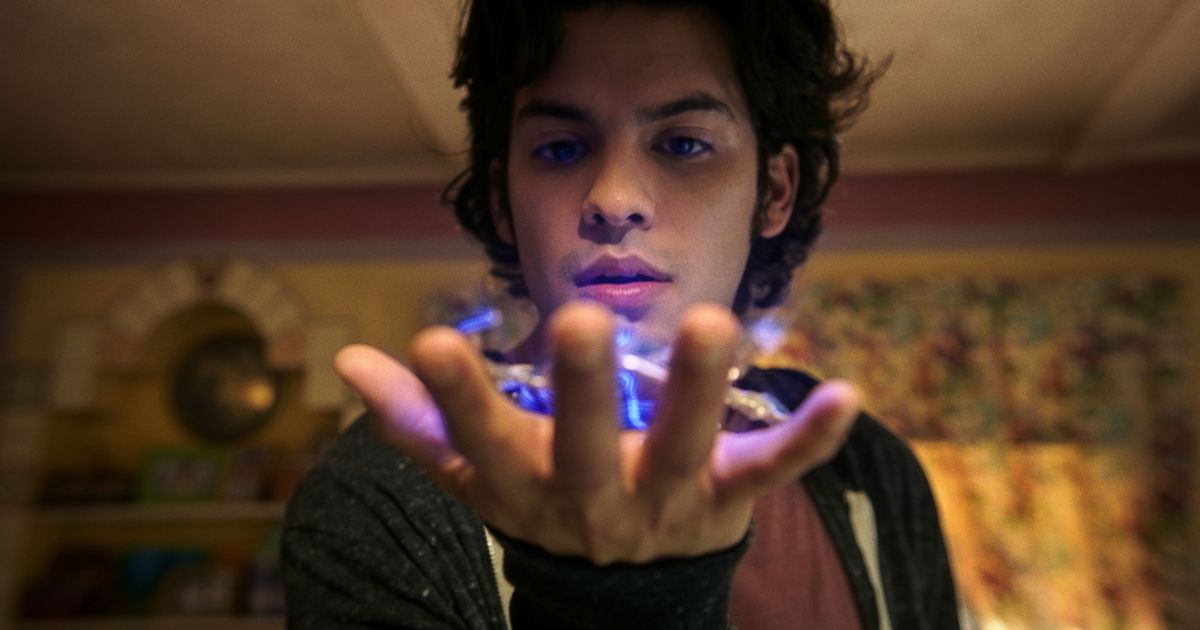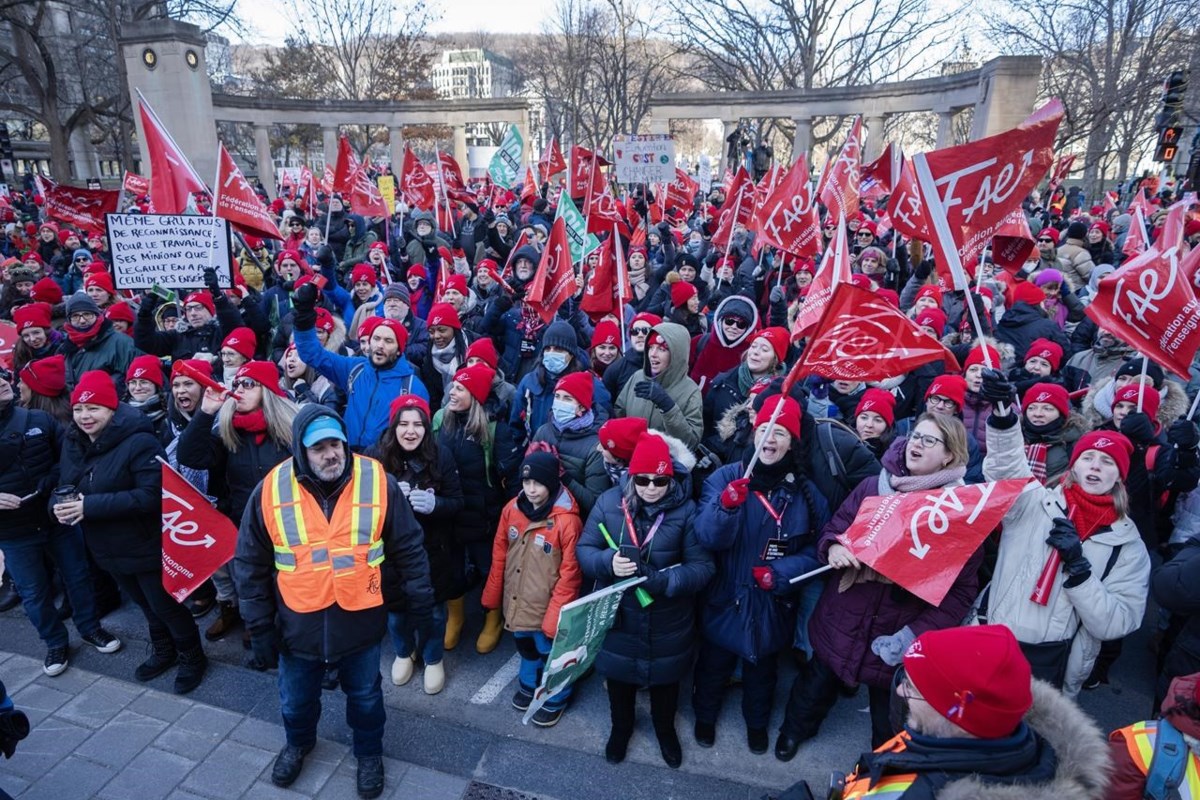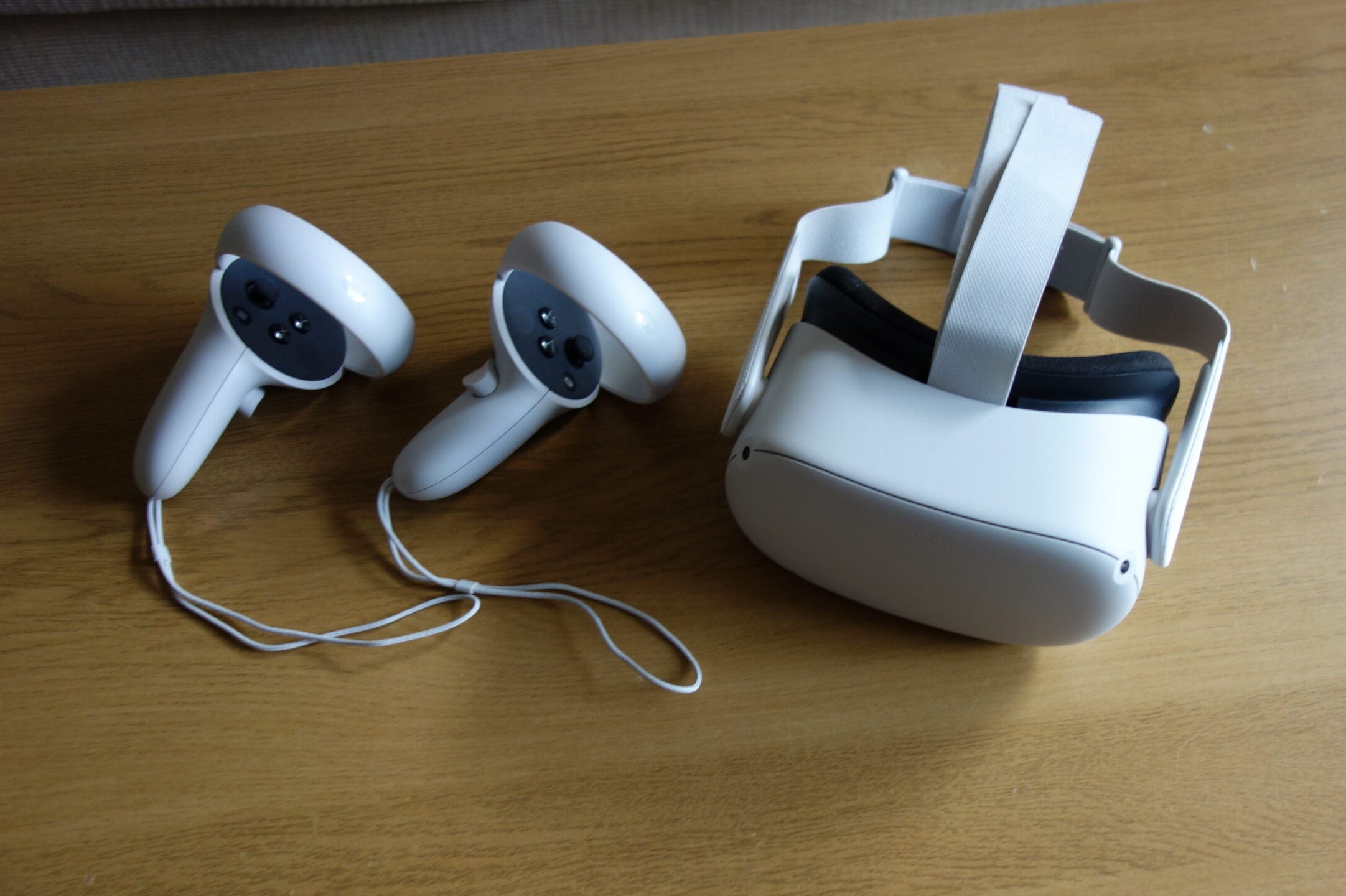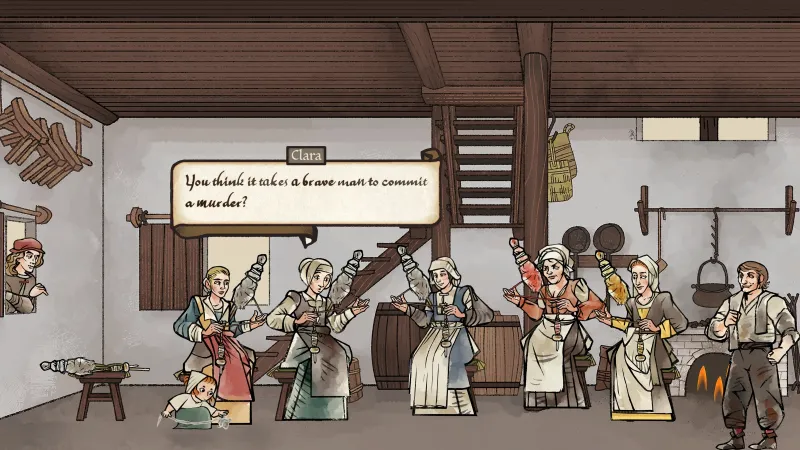
Blue Beetle Does the Superhero Thing Right
We joke sometimes about how many times the movies have regurgitated Batman and Spider-Man’s origin tales for us, but there’s a reason those stories continue to (mostly) work. The fundamental appeal of superheroes is in the becoming and not so much the being. Origin tales have an excuse to spend time with these characters and the people around them before the transformation happens, which gives us a chance to care for them. Relatability is not always the most important thing in movies — but it is important in superhero movies. Otherwise, what’s the point?
Even by origin-tale standards, however, Ángel Manuel Soto’s Blue Beetle is deeply invested in both its hero’s background and his family. That’s sort of the point, and the primary source of the film’s appeal. When we first meet Jaime Reyes (Xolo Maridueña), he’s just arrived home to the coastal metropolis of Palmera City after graduating college. He discovers that his working-class neighborhood is being gentrified out of existence and that his family is set to lose their house because their landlord has tripled the rent. Jaime and his sister, Milagro (Belissa Escobedo), take service jobs at a fancy local resort and find themselves in the middle of a squabble between an arms manufacturer, Victoria Kord (Susan Sarandon), and her do-gooding niece Jennifer (Bruna Marquezine). Somehow (don’t ask), Jaime winds up with a mysterious scarab, which then takes over his body. He grows blue armor, enormous bug legs (arms?), and massive wings, and starts zooming uncontrollably across the skies of Palmera City while a robotic voice in his head barks commands and warnings to him.
It’s a familiar setup, and it follows familiar beats from there: Victoria wants to harvest and control the technology, Jaime and Jennifer unite to fight her, there’s an evil henchman who has access to similar cybernetic technology, etc., etc., ad infinitum. But in the details, Blue Beetle comes alive — in the warmth with which the Reyes family is depicted, for example, or in Jaime’s utter cluelessness as he tries to control his newfound powers. Maridueña conveys the overwhelmed young hero’s anxiety with real charisma; the more helpless he is, the more we like him. The supporting characters fit tidily into types, but even there, the actors commit. As Jaime’s loud, oddball inventor uncle Rudy, George Lopez goes big and pretty much steals every scene he’s in. Sarandon, by contrast, is merely cashing a check, but the movie isn’t too interested in her anyway.
Blue Beetle is being presented as a superhero movie for the Latino community, and it is, but it’s not particularly pandering or opportunistic. That said, Soto knows how to milk his audience’s goodwill: When Blue Beetle’s robot-voice companion started speaking Spanish during one rousing moment, my crowd went nuts. The film is steeped in these characters’ culture, right down to the references to TV shows that gringos like me will probably be unfamiliar with, as well as knowing, funny nods to mores and attitudes that make the milieu feel lived-in. Soto and screenwriter Gareth Dunnet-Alcocer appear to have imagined this world with genuine detail; even some unexpected, late-breaking character flashbacks echo with historical resonance.
We don’t have to get all of it to enjoy it. The specificity makes the characters distinctive, which in turn lets us feel invested in their fate. Blue Beetle’s action sequences are clean but largely unremarkable; they work, however, because we’re into the characters. This is not a novel notion, by the way. It’s what made the first Ant-Man so delightful — all that time spent getting to know Paul Rudd’s Scott Lang. And it’s what made Captain America: The First Avenger so compelling — the spectacle of ambitious, scrawny Brooklyn kid Steve Rogers attempting to join the military. Hell, it’s what made the first Shazam so enjoyable.
Which is another way of saying this: Savor it while it lasts. Warner and DC have been trying to engineer an interconnected, Marvel-style universe with cross-narratives and elaborate team-ups for a decade now, and while they haven’t had a ton of success with it, they’re determined to keep going. Oddly enough, the DC films that work the best tend to feel like their own things: Think Joker, or The Batman, or (yes) Shazam. For the moment, Blue Beetle feels like a fleet-footed, bighearted stand-alone. But the ominous franchise gears will surely continue to grind.



































